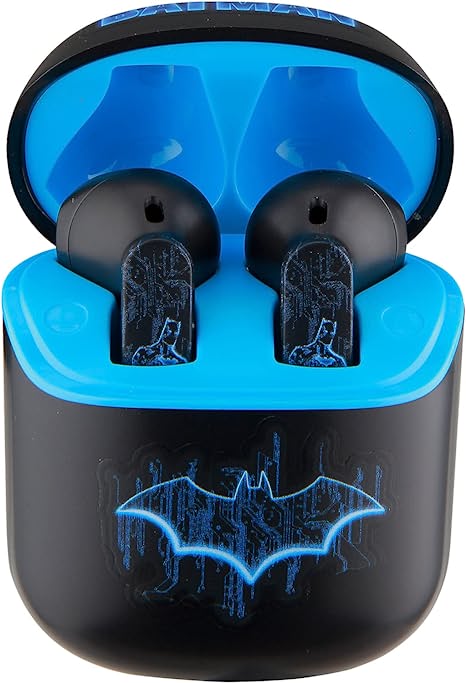Food product freshness and quality preservation depend critically on modified atmosphere packing (MAP) devices. These creative devices enhance the shelf life of perishable goods by substituting a protective gas mixture for the air within a package. MAP machines help to preserve taste, colour, and nutritional content by changing the environment around the product and thereby preventing spoiling. The food sector is especially benefited from this technology since maintaining quality during storage and transportation is crucial. The use of MAP machines has become a normal practice among manufacturers and distributors since fresh and minimally processed goods are in more demand.
MAP Packaging Equipment’s Advantages
MAP packing equipment has benefits beyond only extending shelf life. This method reduces the possibility of bacterial development, which might arise from oxygen exposure, so improving food safety. MAP packaging makes food fresher for longer by building a controlled environment, so lowering waste and raising consumer satisfaction. Furthermore, flexible and able to accommodate a range of products, from meats and dairy to fruits and vegetables, MAP packaging equipment For companies in the food industry, this flexibility makes it a great advantage since it enables them to present to customers a larger spectrum of premium goods.
Effects on the Food Chain of Supply
Including MAP machines in the food supply chain has changed the way goods are handled, transported, and marketed. These devices help create a more effective supply chain by increasing the shelf life of perishable products, lowering the frequency of stock rotation and minimizing losses from spoilage. Better inventory control and less waste help producers, but also stores and consumers since it helps them. Businesses can thus provide their consumers with more modern goods, thus strengthening their market posture and reputation. The adoption of MAP technology has evolved into a major focus for food businesses trying to maximize their processes and satisfy consumer expectations.
MAP Technology’s Use of Innovation
The development of MAP packing machinery is largely influenced by innovation. Technological developments have produced more exact control over gas mixes and packing conditions by means of more efficient machinery. These developments improve the performance of MAP systems, therefore guaranteeing the freshness and safety of food goods over a long time. Furthermore, contemporary MAP machines are made to be user-friendly, which facilitates operators’ monitoring and setting adjustments as required. The continuous development of MAP technology will be crucial in satisfying the rising demand for premium, fresh goods as the food sector changes.
MAP Solutions and Sustainable Development
The food sector now gives sustainability priority, and MAP machines support more environmentally friendly methods. MAP technology helps to lower food waste, a major global problem, by increasing the shelf life of goods. Reduced waste implies less resources are consumed in manufacturing, transportation, and disposal, so helping the environment. Moreover, developments in the packaging materials applied in MAP solutions have resulted in the creation of more environmentally friendly choices like recyclable materials and biodegradable films. Using MAP technology would help companies satisfy customer tastes for premium, fresh meals and simultaneously support sustainability.
Conclusion:
Food safety and preservation have advanced significantly with the development of MAP packaging tools and machinery. These technologies improve the general quality of food accessible to consumers by designing an environment that extends the shelf life of products. The value of MAP technology will only get more significant as the food sector develops and expands. Investing in creative MAP solutions helps companies guarantee they satisfy the needs of contemporary consumers and support environmental initiatives at the same time. The future of food packaging appears bright with the continuous evolution of MAP machines, presenting interesting opportunities for consumers and producers equally.




